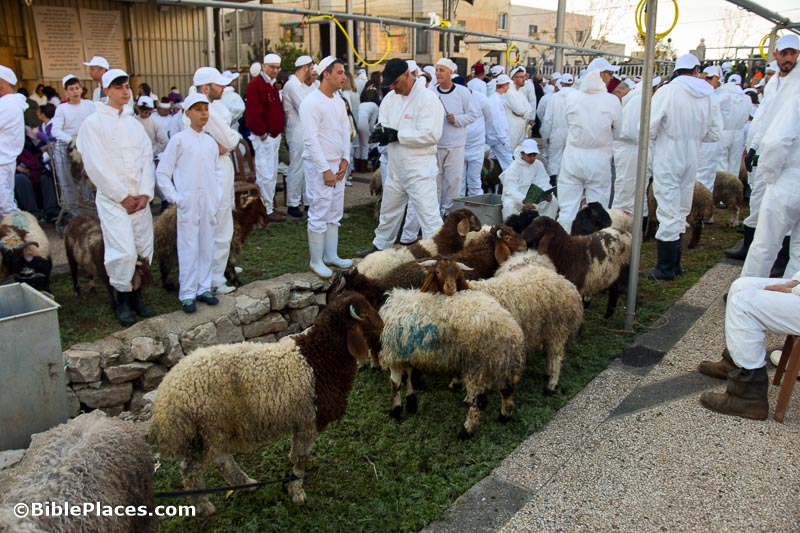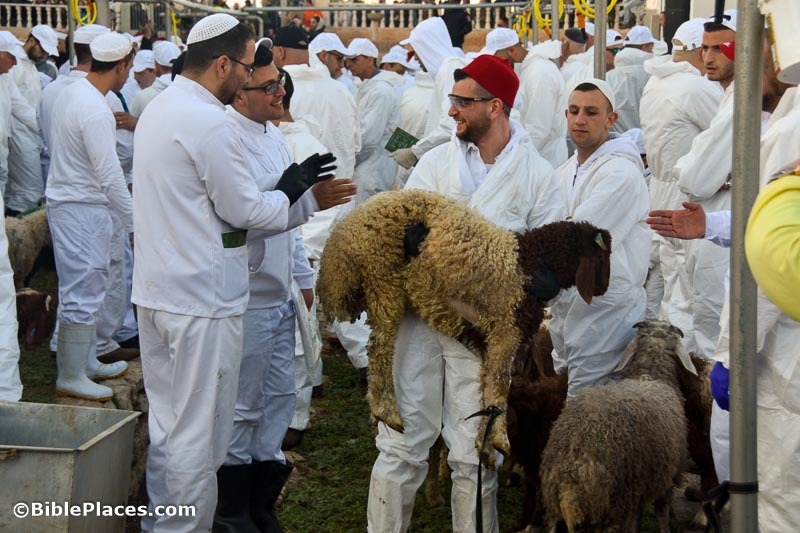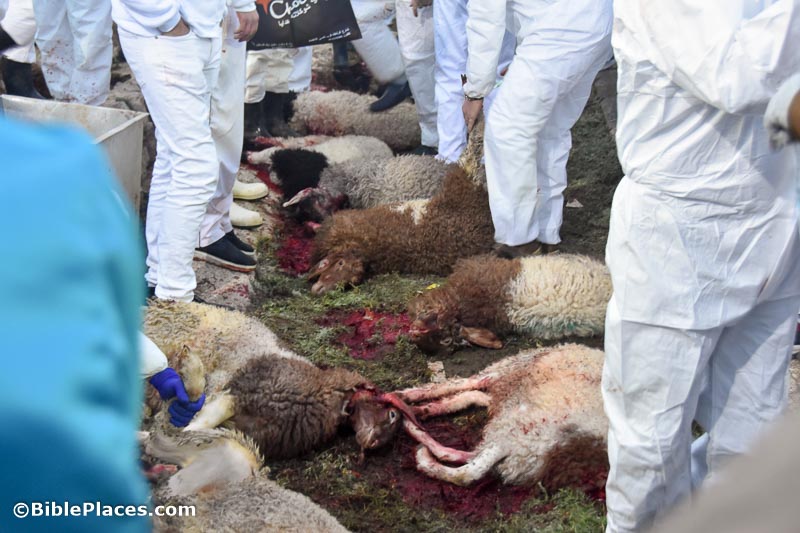This year’s Institute of Biblical Context conference was superb. If you can make it to next year’s conference (theme: the contextual world of the apostle Paul), I’d recommend it (June 8-10 in Zeeland, Michigan).
(Re-)Opening day for the Temple Mount Sifting Project was a great success.
Abigail VanderHart provides an interesting look into how the antiquities market is regulated in Israel.
The Israel Antiquities Authority is offering visitors a chance to volunteer in an archaeological excavation. There are other options with Volunteers for Israel.
Biblical Israel Ministries and Tours has produced a 6-minute devotional video with footage from Gamla.
With the summer excavations about to begin at Gath, Aren Maeir shares a preview of the 2019 shirt.
Israel’s Good Name recounts his travels in the southern Aravah, including Timna Park and several other off-the-beaten-track sites.
Walking the Text has just released the 2nd edition of “The #1 Mistake Most Everyone Makes Reading the Bible.” Select “More” at the top right.
The American Center of Oriental Research Newsletter for July-December 2018 is now online.
Egypt is asking the UK to stop Christie’s auction of a bust of King Tut.
In a well-illustrated article on the ASOR Blog, Vanessa Davies explains why the Egyptians and the Hittites made “peace” 16 years after their major battle.
Crowds of tourists are causing big problems at major tour destinations around the world.
All of Jerusalem will become a “clean air” zone under a new law passed by the City Council.
Ferrell Jenkins explains the history of the cedar of Lebanon trees at Neot Kedumim Biblical Landscape Reserve.
HT: Agade, Charles Savelle, Ted Weis


